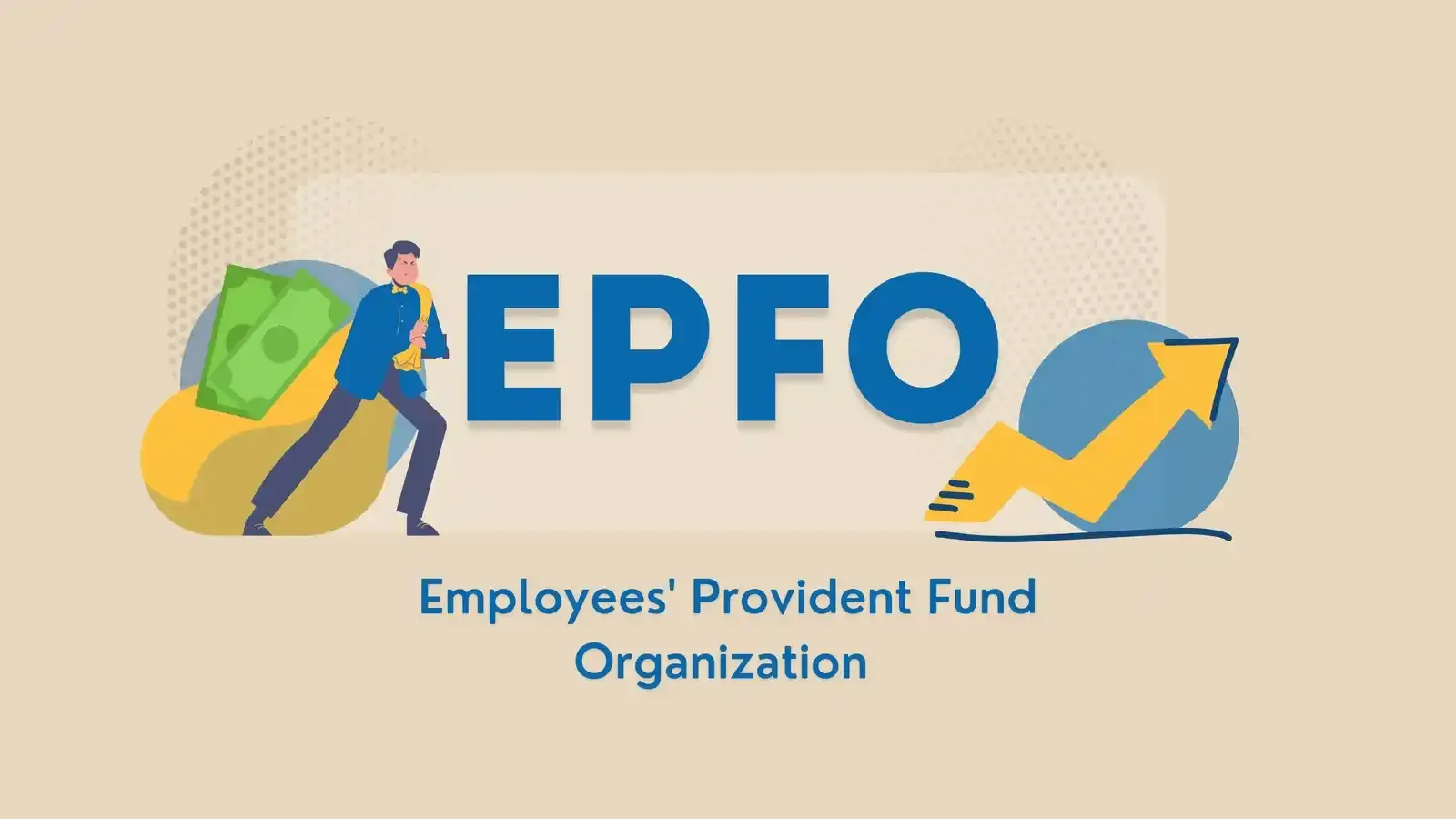Personal Finance News
EPFO reforms: Govt debunks misleading claims, clarifies new provident fund withdrawal rules
SUMMARY
The Ministry of Labour & Employment has urged all members and stakeholders to rely only on official communications and circulars issued by the Ministry and the EPFO.

EPFO reforms: The Ministry further clarified that these reforms were implemented after extensive consultations with all stakeholders. | Image: Shutterstock
A social media post has been circulating recently, making misleading and factually incorrect claims about the recent reforms introduced by the Employees’ Provident Fund Organisation (EPFO). The post misrepresents key aspects such as withdrawal rules, eligibility criteria, and access to provident fund balances, leading to confusion among members.
“The post distorts facts related to withdrawal rules, eligibility conditions, and access to members’ provident fund balances, creating confusion among subscribers. It is clarified that the claims being circulated are factually incorrect and grossly misleading,” the Ministry of Labour & Employment stated.
The Ministry further clarified that these reforms were implemented after extensive consultations with all stakeholders, to promote greater flexibility, transparency, and ensuring long-term social security for EPFO subscribers. Members and the public are urged to refer only to official communications and circulars issued by the Ministry of Labour & Employment or EPFO for accurate and reliable information.
Previously, EPFO’s partial withdrawal process was governed by 13 different types of provisions, each with its own set of eligibility conditions, leading to confusion and frequent rejection of claims.
Moreover, withdrawal eligibility periods varied significantly, sometimes up to seven years. These have now been merged into a single, unified withdrawal framework. Under the new rules, all types of partial withdrawals are permitted after just 12 months of service, making the system easier to understand and more accessible for members.
Earlier, EPF members were permitted to withdraw only their employee contribution and accrued interest, typically ranging from 50% to 100%, depending on the withdrawal type.
With the new rules, the employer’s contribution has also been included in the withdrawable amount. Now, members can withdraw up to 75% of the total eligible balance, including employee contribution, employer contribution, and interest, which significantly increases the funds available to meet urgent or important life needs.
Repeated early withdrawals in the past have left many workers with insufficient funds at retirement. Data shows that nearly 50% of EPFO members had less than ₹20,000 in their accounts, and 75% had less than ₹50,000 at final settlement.
These low balances prevented members from enjoying the benefits of long-term compounding at 8.25%. To prevent this and ensure financial security during retirement, the CBT has now mandated that 25% of the contribution must be retained in the account. This ensures the creation of a respectable retirement corpus and acts as a safety net for members.
To support members facing job loss, the new rules allow for immediate withdrawal of 75% of the total PF balance (including employee and employer contributions and interest). The remaining 25% can be withdrawn after one year.
Additionally, full withdrawal, including the retained 25%, is permitted under specific circumstances such as retirement after 55 years of age, permanent disability, retrenchment, voluntary retirement, or permanent migration from India.
The reforms do not affect pension eligibility under the Employees’ Pension Scheme (EPS). Members can still choose to withdraw their EPS accumulation at any time before completing 10 years of service.
However, doing so renders them ineligible for lifelong pension benefits. Notably, around 75% of pension members withdraw their pension contributions within just four years, thus forfeiting long-term social security. Furthermore, if the pension fund is not withdrawn, the member’s family remains eligible for benefits for up to three years after cessation of contributions in the event of the member’s death.
The Ministry of Labour & Employment has urged all members and stakeholders to rely only on official communications and circulars issued by the Ministry and the EPFO.
Related News
By signing up you agree to Upstox’s Terms & Conditions
Next Story



